Discovering local history: A visit to the Niederbergisches Museum in Wülfrath
A few weeks ago, I had the opportunity to visit the Niederbergisches Museumꜛ in Wülfrath, a local history museum in a small town near my hometown. The museum is dedicated to the history of the region and its people. While I was still living in my home town, I actually didn’t know about the existence of this little museum, that is just around the corner. So I was surprised to learn of its existence, and I was happy to have the opportunity to visit it. Here is a short report on the museum along with some photos I took during my visit.
 Entrance of the Niederbergisches Museum.
Entrance of the Niederbergisches Museum.
A brief history of Wülfrath
Wülfrath is a small but historically rich town located in the district of Mettmann, North Rhine-Westphalia. Its origins date back to the Middle Ages, with the first documented mention occurring in 1165 under the name “Wolverothe”. During this time, Wülfrath was a small settlement under the influence of various noble families in the Bergisches Land region.
The town’s development over the centuries was closely linked to its natural resources. The surrounding region is known for its rich limestone deposits, which shaped Wülfrath’s economic growth. By the 19th century, the town had become a major center for the limestone industry, with quarries providing raw materials for construction and other industries throughout Germany. The abundant limestone also played a role in shaping the town’s landscape, leaving a legacy of quarries and industrial sites that would later define Wülfrath’s identity.
In addition to its industrial significance, Wülfrath maintained a primarily rural character for much of its history, with farming and local craftsmanship being important aspects of daily life. Over time, Wülfrath became integrated into the wider industrial development of the region, particularly in the 19th and early 20th centuries, when the rise of the Ruhr region as an industrial powerhouse brought new opportunities for growth and trade.
The 20th century saw Wülfrath face the challenges of both world wars. After World War II, like much of Germany, the town underwent significant reconstruction and modernization efforts. The industrial sector, particularly the limestone industry, continued to be a driving force in Wülfrath’s economy.
Today, Wülfrath is a modern town that retains a strong connection to its historical roots. The legacy of the limestone industry can still be seen, not only in its quarries but also in institutions like the Niederbergisches Museum, which preserves the history of the town and its people. Though it has developed into a more residential and commuter town, Wülfrath’s historical industries and rural heritage remain integral to its identity.
A brief history of the museum
The Niederbergisches Museum is dedicated to the history of the region and its people, and it is divided into several sections, including a section on the history of the town of Wülfrath, a section on the history of the region’s mining industry, and a section on the local geological and paleontological finds. It was founded in 1913 by Julius Imig, the headmaster of the local elementary school in Wülfrath.
Originally, the museum was a private collection of natural history exhibits that Imig used to enrich his students’ education. However, the collection quickly grew in scope and size. Just five years after the museum’s opening, the town of Wülfrath recognized its value and officially took over its management. Over time, the collection expanded to include not only geological and natural history exhibits but also items related to the local limestone industry, which had long been central to the town’s economy.
 Bust of Julius Imig (1879-1959), who founded the Niederbergisches Museum in 1913.
Bust of Julius Imig (1879-1959), who founded the Niederbergisches Museum in 1913.
In 1938, the museum underwent a transformation, becoming a showcase for the entire region, reflecting the political aim to create a museum for the broader district. This expansion included acquiring additional exhibits from other local museums. The outbreak of World War II, however, disrupted plans for a new museum building. After the war, in 1946, the museum found a permanent home in the former Tiefenthal hardware store building, where it remains to this day. Julius Imig’s dedication kept the museum running through the challenging war and post-war years, and it was officially reopened in 1953 after a period of restoration.
Like many small museums, the Niederbergisches Museum faces ongoing financial challenges. In 2005, the museum was temporarily closed due to a lack of municipal funding. However, the local community rallied, and in 2006, the “Niederbergisches Museum in Wülfrath e.V.” association was founded to take over its operation. Thanks to the efforts of this association, the museum was able to reopen in November 2006 and has been running successfully ever since, supported by dedicated volunteers and staff.
 Willi Münch, museum director (1957-1991). For over 35 years, he was instrumental in developing the extensive collection on the history of the Niederberg cultural region, natural history and geology, turning it into a lively museum. Münch also introduced the legendary Bergische Kaffeetafel (lit.: “Bergish coffee table”) in the 1960s.
Willi Münch, museum director (1957-1991). For over 35 years, he was instrumental in developing the extensive collection on the history of the Niederberg cultural region, natural history and geology, turning it into a lively museum. Münch also introduced the legendary Bergische Kaffeetafel (lit.: “Bergish coffee table”) in the 1960s.
The museum has remained closely connected to the local community. In addition to its exhibitions, the museum has revived a cherished local tradition: the Bergische Kaffeetafel. This traditional regional meal, consisting of coffee and local specialties, was reintroduced in the 1960s by museum director Willi Münch and has since become a staple of the museum experience. Visitors can enjoy this authentic tradition and immerse themselves in the region’s cultural heritage (see below).
The collection: Insights into regional life and industry
Today, the Niederbergisches Museum offers a rich and diverse collection that illustrates the daily life and work of the region’s inhabitants throughout history. A key focus of the museum is on the history of the limestone industry, which played a crucial role in the economic development of Wülfrath and its surrounding areas. The exhibits include historical tools and machinery used in the extraction and processing of limestone, highlighting the industry’s significant influence on the region’s landscape and culture. Visitors gain a vivid understanding of how labor-intensive and essential this work was to the community.
 Impression from the museum’s exhibition rooms.
Impression from the museum’s exhibition rooms.
The museum also features a reconstructed 17th-century pharmacy, complete with original jars and medicinal texts, providing a fascinating glimpse into the medical practices of the time. Additionally, there is a fully operational pewter workshop, where traditional pewter casting is still demonstrated on special occasions, offering visitors a unique opportunity to witness this historic craft in action.
A notable aspect of the museum is its temporary exhibition space, where rotating displays on a variety of local and broader themes are presented. These exhibits keep the museum dynamic and engaging, ensuring that there is always something new for visitors to discover. The museum also hosts multimedia lectures and cultural events, further cementing its role as a community hub. Additionally, visitors can purchase catalogs and books related to past or current exhibitions, as well as pewter items made in the museum’s own workshop.
The Bergische Kaffeetafel and the Dröppelminna: A Tradition of the Bergisches Land
An essential part of the cultural heritage of Wülfrath and the surrounding region is the Bergische Kaffeetafel, a traditional coffee meal unique to the Bergisches Land. This ritual, which dates back centuries, is not just about coffee, but a social event where families and friends gather to enjoy a wide array of local delicacies. The Bergische Kaffeetafel is a symbol of hospitality and a reflection of the region’s rural roots, combining simple, hearty foods with the warmth of shared time.
 A Dröppelminna incl. drip tray.
A Dröppelminna incl. drip tray.
The Kaffeetafel typically includes a variety of sweet and savory dishes. Traditional offerings include freshly baked rye bread, butter, sugar beet syrup (Rübenkraut), quark, honey, and ham. Sweet dishes, such as raisin bread (Rosinenstuten), waffles, and rice pudding, are also an essential part of the spread. All of this is served alongside a pot of freshly brewed coffee, which takes center stage during the meal.
At the heart of the Bergische Kaffeetafel is a unique local artifact: the Dröppelminna. This ornate, traditional coffee pot, made of tin or pewter, features a spout with a slow-dripping mechanism — hence the name Dröppelminna, which loosely translates to “dripping Mina” in the local dialect. The Dröppelminna holds both practical and symbolic value. It not only dispenses the coffee, but it also serves as a symbol of the leisurely, social nature of the Kaffeetafel, where the focus is not on hurried consumption but on enjoying the food and company.
 The museum offers regular sessions in which the Dröppelminna is used and all the components of a typical Bergisch coffee round are explained and applied.
The museum offers regular sessions in which the Dröppelminna is used and all the components of a typical Bergisch coffee round are explained and applied.
The origins of the Dröppelminna date back to the 18th century, and it was commonly used in the homes of wealthier citizens of the region. Its design is distinctive, with a rounded body, three or four legs, and a spout at the base, allowing for the slow pouring of coffee. The Dröppelminna is often considered a decorative object today, but in traditional settings like the Bergische Kaffeetafel, it remains a functioning and important piece of cultural history.
The Niederbergisches Museum in Wülfrath plays an active role in preserving this regional tradition. The museum hosts Bergische Kaffeetafel events where visitors can experience this rich cultural custom firsthand, enjoying the traditional foods and seeing the Dröppelminna in action. Through these events, the museum not only preserves the material aspects of the region’s heritage but also fosters an appreciation for the social and communal traditions that have defined the Bergisches Land for generations.
Impressions from the museum
Here are some photos I took during my visit in July this year:
 One of the first rooms of the museum is named after Emil Herminghaus (1866-1940). Herminghaus was a Wülfrath-born businessman and a key figure in the industrial growth of the region, including Wülfrath and Velbert. He founded factories in both towns and abroad, significantly contributing to the region’s economic development. Herminghaus also made notable cultural contributions, such as donating 30,000 Marks to the city of Velbert for the creation of Herminghaus Park, which remains the city’s largest public park today. The room displays the historical furniture of the Herminghaus family.
One of the first rooms of the museum is named after Emil Herminghaus (1866-1940). Herminghaus was a Wülfrath-born businessman and a key figure in the industrial growth of the region, including Wülfrath and Velbert. He founded factories in both towns and abroad, significantly contributing to the region’s economic development. Herminghaus also made notable cultural contributions, such as donating 30,000 Marks to the city of Velbert for the creation of Herminghaus Park, which remains the city’s largest public park today. The room displays the historical furniture of the Herminghaus family.
 Historical furnishings in the first room of the museum (Herminghaus room).
Historical furnishings in the first room of the museum (Herminghaus room).
 Historical furnishings in the first room of the museum (Herminghaus room).
Historical furnishings in the first room of the museum (Herminghaus room).
 Historical furnishings in the first room of the museum (Herminghaus room).
Historical furnishings in the first room of the museum (Herminghaus room).
 Historical furnishings in the first room of the museum (Herminghaus room).
Historical furnishings in the first room of the museum (Herminghaus room).
 Historical furnishings in the first room of the museum (Herminghaus room).
Historical furnishings in the first room of the museum (Herminghaus room).
 Historical furnishings in the first room of the museum (Herminghaus room).
Historical furnishings in the first room of the museum (Herminghaus room).
 Historical furnishings in the first room of the museum (Herminghaus room).
Historical furnishings in the first room of the museum (Herminghaus room).
 Historical furnishings in the first room of the museum (Herminghaus room).
Historical furnishings in the first room of the museum (Herminghaus room).
 A typical regional spoon for drinking liquor.
A typical regional spoon for drinking liquor.
 Historical furnishings in the first room of the museum (Herminghaus room).
Historical furnishings in the first room of the museum (Herminghaus room).
 Historical furnishings in the first room of the museum (Herminghaus room).
Historical furnishings in the first room of the museum (Herminghaus room).
 Historical furnishings in the first room of the museum (Herminghaus room).
Historical furnishings in the first room of the museum (Herminghaus room).
 Historical furnishings in the first room of the museum (Herminghaus room).
Historical furnishings in the first room of the museum (Herminghaus room).
 Historical furnishings in the first room of the museum (Herminghaus room).
Historical furnishings in the first room of the museum (Herminghaus room).
 Historical furnishings in the first room of the museum (Herminghaus room).
Historical furnishings in the first room of the museum (Herminghaus room).
 Dröppelmina 2 liter, incl. drip catcher. Exclusive production, cast from original Barkhaus molds, 1874, handmade.
Dröppelmina 2 liter, incl. drip catcher. Exclusive production, cast from original Barkhaus molds, 1874, handmade.
 Historical model of the town of Wülfrath (time unknown).
Historical model of the town of Wülfrath (time unknown).
 Mining industry history of the region.
Mining industry history of the region.
 Mining industry history of the region. Collection of different mining lamps.
Mining industry history of the region. Collection of different mining lamps.
 Mining industry history of the region. Mining lamp (left) and protective leather helmet (right).
Mining industry history of the region. Mining lamp (left) and protective leather helmet (right).
 Mining industry history of the region.
Mining industry history of the region.
 Model of the former limestone removal.
Model of the former limestone removal.
 Model of Roman lime kilns, Iversheim, Eifel (ca. 2nd century).
Model of Roman lime kilns, Iversheim, Eifel (ca. 2nd century).
 Model of Roman lime kilns, Iversheim, Eifel (ca. 2nd century).
Model of Roman lime kilns, Iversheim, Eifel (ca. 2nd century).
 Mining industry history of the region. Model of Roman lime kilns, Iversheim, Eifel (ca. 2nd century).
Mining industry history of the region. Model of Roman lime kilns, Iversheim, Eifel (ca. 2nd century).
 Mining industry history of the region.
Mining industry history of the region.
 Clay vessels typical of the region that were used in everyday life.
Clay vessels typical of the region that were used in everyday life.
 Hiking poles typically decorated for the region.
Hiking poles typically decorated for the region.
 Hiking poles typically decorated for the region.
Hiking poles typically decorated for the region.
 Old building set “Richter’s Landhaus-Baukasten”.
Old building set “Richter’s Landhaus-Baukasten”.
 Clothing fashion of the Biedermeier period (1815-1848).
Clothing fashion of the Biedermeier period (1815-1848).
 Furnishings from the Biedermeier period (1815-1848).
Furnishings from the Biedermeier period (1815-1848).
 Furnishings from the Biedermeier period (1815-1848).
Furnishings from the Biedermeier period (1815-1848).
 Furnishings from the Biedermeier period (1815-1848).
Furnishings from the Biedermeier period (1815-1848).
 Furnishings from the Biedermeier period (1815-1848).
Furnishings from the Biedermeier period (1815-1848).
 Furnishing of a historic kitchen.
Furnishing of a historic kitchen.
 Furnishing of a historic kitchen.
Furnishing of a historic kitchen.
 Furnishing of a historic kitchen.
Furnishing of a historic kitchen.
 Furnishing of a historic kitchen.
Furnishing of a historic kitchen.
 Furnishing of a historic kitchen.
Furnishing of a historic kitchen.
 Furnishing of a historic kitchen. A typical old oil lamp.
Furnishing of a historic kitchen. A typical old oil lamp.
 Furnishing of a historic kitchen.
Furnishing of a historic kitchen.
 Furnishing of a historic kitchen.
Furnishing of a historic kitchen.
 Furnishing of a historic kitchen.
Furnishing of a historic kitchen.
 Impression of the interior of the museum.
Impression of the interior of the museum.
 A spinning wheel for domestic work.
A spinning wheel for domestic work.
 Historic kitchen parlor: An old mangle.
Historic kitchen parlor: An old mangle.
 Typical clay pots that were used in everyday life in the region.
Typical clay pots that were used in everyday life in the region.
 The 8 rules of an old-fashioned bakerybakery: 1. Washing feet. 2. Treading the dough. 3. Cutting off the dough. 4. Shaping the loaves. 5. Brushing with egg yolk. 6. After removing the embers: placing in the oven. 7. Oven with finished loaves. 8. Removing the oven
The 8 rules of an old-fashioned bakerybakery: 1. Washing feet. 2. Treading the dough. 3. Cutting off the dough. 4. Shaping the loaves. 5. Brushing with egg yolk. 6. After removing the embers: placing in the oven. 7. Oven with finished loaves. 8. Removing the oven
 This embroidery translates as “A friendly face spices up every dish” “Ein freundliches Gesicht würzt jedes Gericht”).
This embroidery translates as “A friendly face spices up every dish” “Ein freundliches Gesicht würzt jedes Gericht”).
 Medieval clay vessels (13th-14th century).
Medieval clay vessels (13th-14th century).
 Frankish pottery (5th century). From 400 CE, after the fall of the Roman Empire, the Bergisches Land was taken over by the Franks.
Frankish pottery (5th century). From 400 CE, after the fall of the Roman Empire, the Bergisches Land was taken over by the Franks.
 Pot from the post-Carolingian period (Pingsdorf pottery) 10th-12th century.
Pot from the post-Carolingian period (Pingsdorf pottery) 10th-12th century.
 Early medieval globular pots (Middle Ages ca. 500 - 1492 CE). Found in 1928 at the southern edge of the Schlupkothen quarry in Wülfrath.
Early medieval globular pots (Middle Ages ca. 500 - 1492 CE). Found in 1928 at the southern edge of the Schlupkothen quarry in Wülfrath.
 Medieval pottery. On the wall: remains of Wülfrath Castle, destroyed in 1438.
Medieval pottery. On the wall: remains of Wülfrath Castle, destroyed in 1438.
 Fossils, geological and mineralogical collection.
Fossils, geological and mineralogical collection.
 Fossils, geological and mineralogical collection.
Fossils, geological and mineralogical collection.
 Fossils, geological and mineralogical collection.
Fossils, geological and mineralogical collection.
 Fossils, geological and mineralogical collection.
Fossils, geological and mineralogical collection.
 Fossils, geological and mineralogical collection.
Fossils, geological and mineralogical collection.
 Fossils, geological and mineralogical collection.
Fossils, geological and mineralogical collection.
 Fossils, geological and mineralogical collection.
Fossils, geological and mineralogical collection.
 Fossils, geological and mineralogical collection.
Fossils, geological and mineralogical collection.
 Fossils, geological and mineralogical collection.
Fossils, geological and mineralogical collection.
Unfortunately, I missed the old pharmacy and the old pewter foundry workshop, which are located on the first floor of the museum. Either the department was closed or I overlooked the staircase to it. If I’m ever in Wülfrath again, I’ll definitely try to make up for it.
Conclusion
The success and significance of the Niederbergisches Museumꜛ are owed largely to the tireless dedication of its operators and contributors. Through their efforts, the museum not only preserves the natural and cultural history of the region but also safeguards important local traditions, such as the Bergische Kaffeetafel and the use of the Dröppelminna. These customs, passed down through generations, underline what I believe is the underestimated important role of the museum in keeping the cultural identity of the Bergisches Land alive for future generations.
In my opinion, local history museum such as the Niederbergisches Museum serve as a powerful reminder of how local history can be preserved and experienced. They offer visitors a window into the past, illustrating the interplay between culture, industry, and the environment in shaping the lives of those who came before us. The museum’s commitment to engaging with the community and fostering a sense of shared heritage underscores the importance of maintaining and sharing these collective histories.
At the same time, such museums often face challenges related to limited resources and funding, making community support and engagement essential to their continued success. However, with the dedication of volunteers and the backing of the local community, these institutions can continue to thrive, ensuring that traditions like the Bergische Kaffeetafel and the craftsmanship of the Dröppelminna are passed on to future generations.
If you know of a local history museum in your area, it’s worth taking the time to visit and support it. You may be surprised by the fascinating stories and insights you discover about your community’s past and the people who shaped it. And when visiting a foreign city, exploring a local history museum can provide a unique perspective on the region’s culture and history, offering deeper insights into both the place you are exploring and your own cultural background.
 A sign pointing to the entrance of the Niederbergisches Museum.
A sign pointing to the entrance of the Niederbergisches Museum.
References and further reading
- Willi Münch, Niederbergisches Museum Wülfrath, 1988, Rheinland-Verl, ISBN: 9783792710333
- Willi Münch, Stadt Wülfrath: ein heimatkundlicher Bericht in Wort und Bild, 1979, Rheinland-Verlag, ISBN: 9783792704912
- Olaf Link, Die Geschichte des Kaffees und der Kaffeetafel im Bergischen Land - mit den Adressen von 80 Restaurants und Cafés, die auch heute noch die Bergische Kaffeetafel anbieten, 2003, RGA-Buchverl, ISBN: 9783923495689
- Website of the Niederbergisches Museumꜛ










































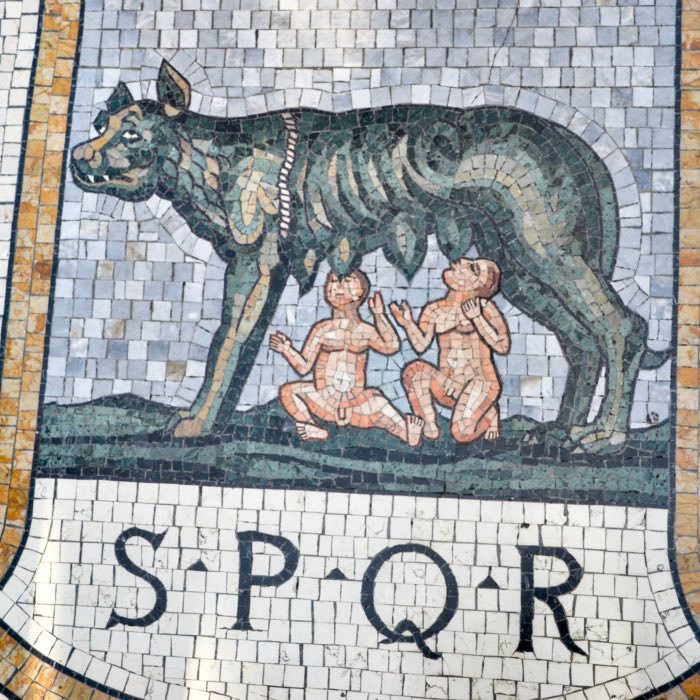


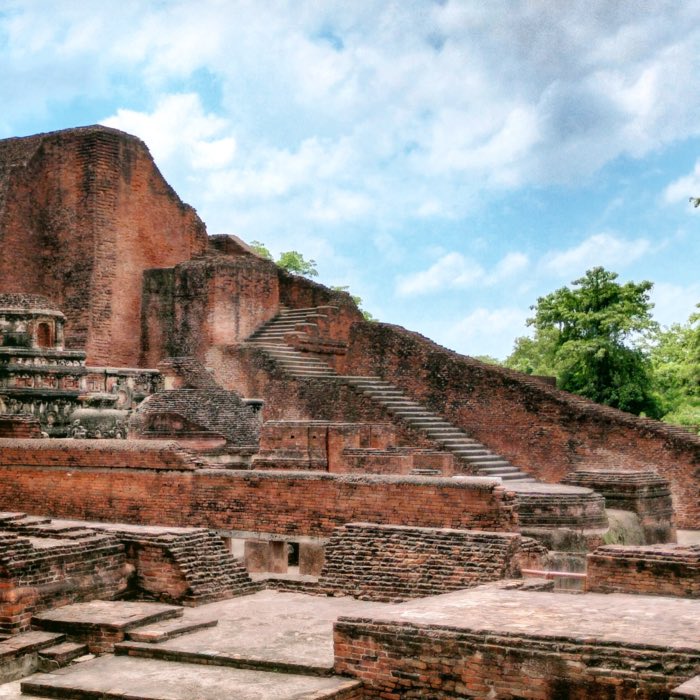
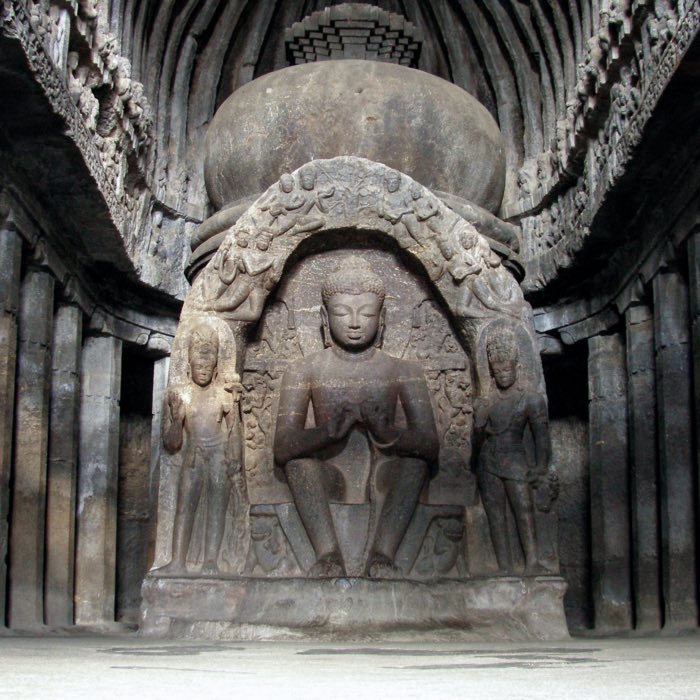
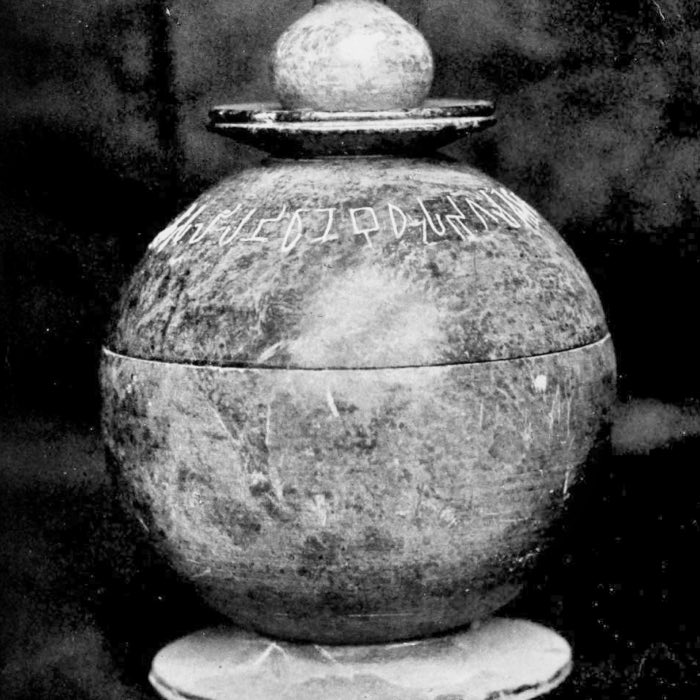
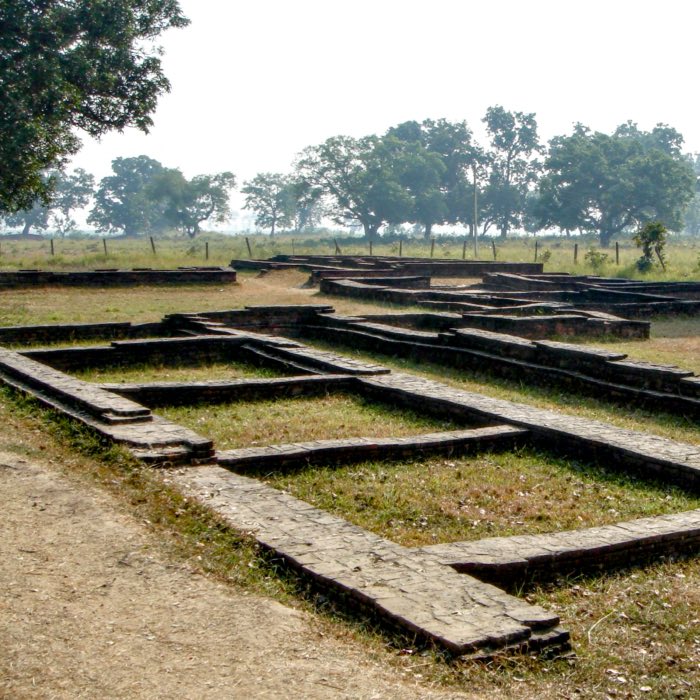
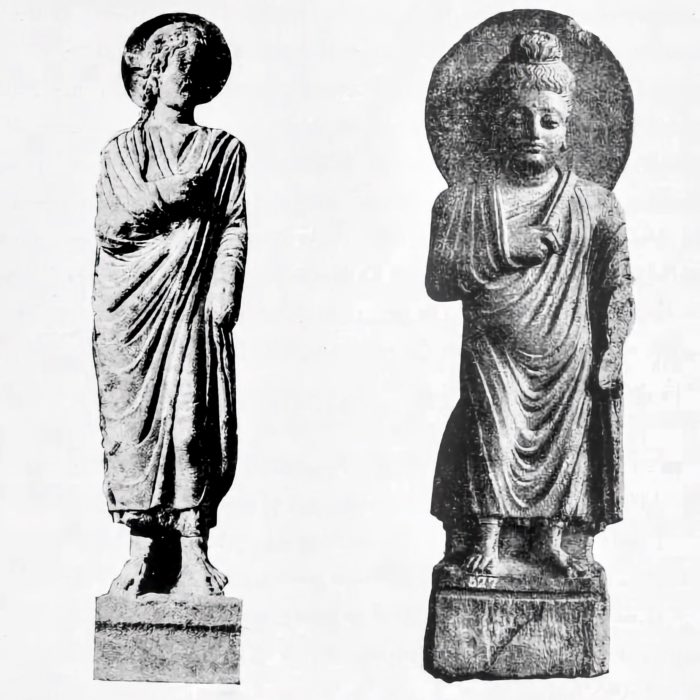

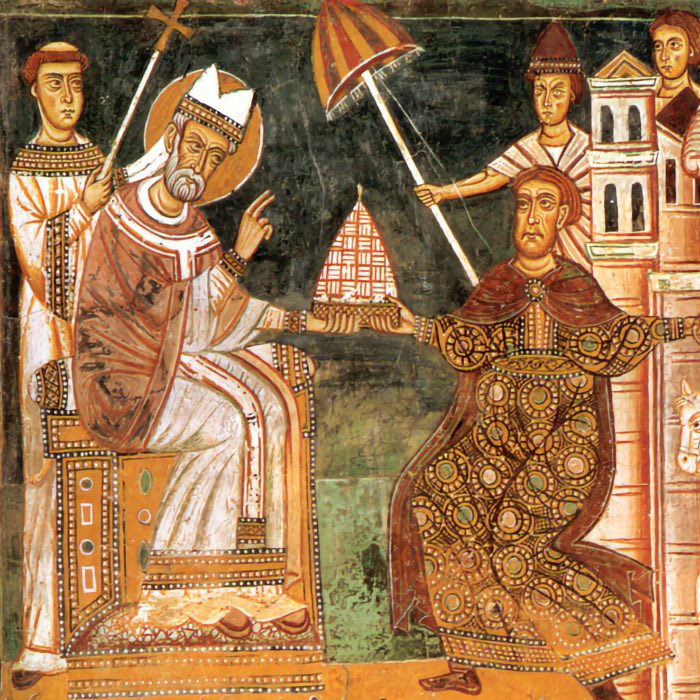
comments